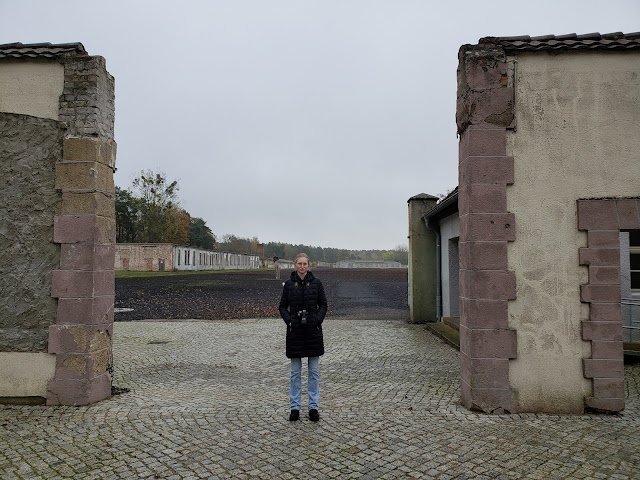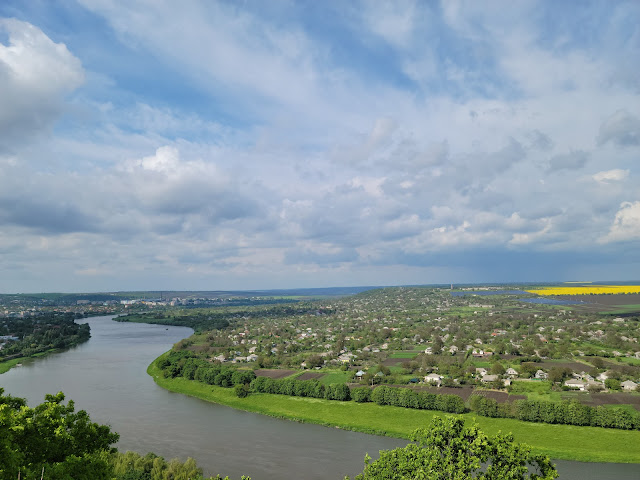 |
In Germany, at the Ravensbruck Concentration Camp Memorial.
It was a sobering day learning more about the tragedies that occurred in this horrible place. |
 |
| The camp memorial estimates that 132,000 women were in the camp including about 48,000 from Poland, 28,000 from the Soviet Union, 24,000 from Germany and Austria, 8,000 from France, and thousands from other countries including the UK and U.S. More than 20,000 of the total were Jewish. |
This wall still shows where the swastika symbol was during that time.
A guitar played by one of the prisoners
 |
| If you've read The Hiding Place, you know that this is the place where Corrie and Betsie Ten Boom were taken after they were caught hiding and helping Jews in their home in Haarlem, Netherlands. More than 80% of the prisoners were political prisoners like Corrie and Betsy. |
 |
| The cold, gloomy day fit the terrible realities of this camp's history. There were up to 45,000 women prisoners here at one time. 50,000 of them perished from disease, starvation, overwork and despair; some 2,200 were killed in the gas chambers. |
 |
| Betsie Ten Boom died in the building that used to be in this exact spot. |
 |
| All the inmates were required to do heavy labor ranging from strenuous outdoor jobs to production of textiles and electrical components. |
 |
| A wall commemorating the prisoners from all the different countries |
 |
| In January 1945, the SS transformed a hut near the crematorium into a gas chamber where the Germans gassed several thousand prisoners before the camp's liberation in April 1945 |
 |
| With the Soviet Red Army approaching, the SS decided to remove as many prisoners as they could in order to avoid leaving live witnesses behind who could testify as to what had occurred in the camp. The SS ordered all physically capable women to form a column and exit the camp, forcing over 24,500 prisoners on a death march. On April 30,1945, fewer than 3,500 malnourished and sickly prisoners were discovered alive at the camp when it was liberated by the Red Army. |
 |
Next to the camp wall and crematoriuim is The Schwedtsee Lake. You can see the church steeple across the lake where the town's people turned a blind eye to the Camp's evil doings.
The Memorial statue, "Women with Burden" created in 1959 remembers the brave women who lived and died here. Many of them, like Betsie Ten Boom, gave their own lives to save Jewish men, women, and children. |





























Comments
Post a Comment